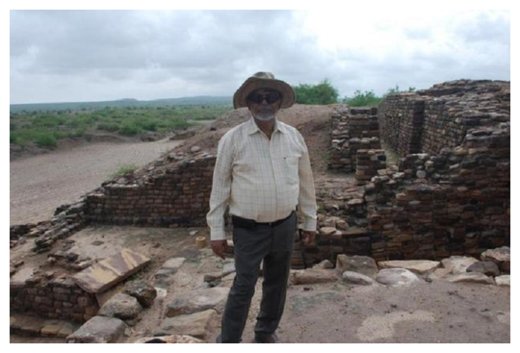
© The Hindu
Research by the Council of Scientific and Industrial Research (CSIR) and Goa-based National Institute of Oceanography (NIO) has provided evidence for the burial of parts of the Harappan port town of Dholavira, Gujarat, by marine sediments possibly transported by a tsunami.
Dholavira was the site of the largest port-town of the Harappan period Dr. Rajiv Nigam, former Deputy Director of NIO, told press persons here on Monday.
Located within India's borders, Dholavira was a well-planned urban settlement that flourished for about 1,500 years from about 3,450 to 5,000 years ago, said Dr. Nigam.
A unique feature of Dholavira is the presence of a 14-18-metre-thick wall, apparently built as a protective measure.
Walls of such thickness are not found even in historic times, the real purpose of the Dholavira wall has generated considerable debate.
Recently, a group of scientists deputed by NIO and led by Dr. Nigam, suggested the wall was built to protect the town from extreme oceanic events such as storm surges and tsunamis. Ancient Indians (in the Harappan settlement) were aware of tsunami and storm protection measures, said Dr. Nigam, giving a new interpretation of thick walls at Dholavira.He said tsunamis are known to have hit the region during the historical period. For instance, the Makran earthquake of November 28, 1945, generated a huge tsunami, over 10 metres in height, which devastated large areas along the northern shores of the Arabian Sea. The exact timing of the sediments deposited in Dholavira is yet to be established, he said. "The thick wall in Dholavira shows that the Harappans were not only aware of the potential threats from tsunamis, but they were also pioneers in coastal disaster management," said Outgoing Director, SWA Naqvi.
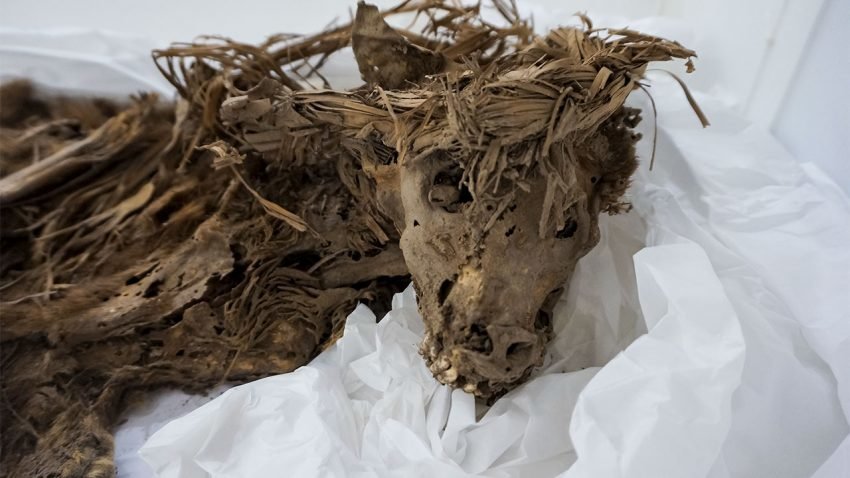
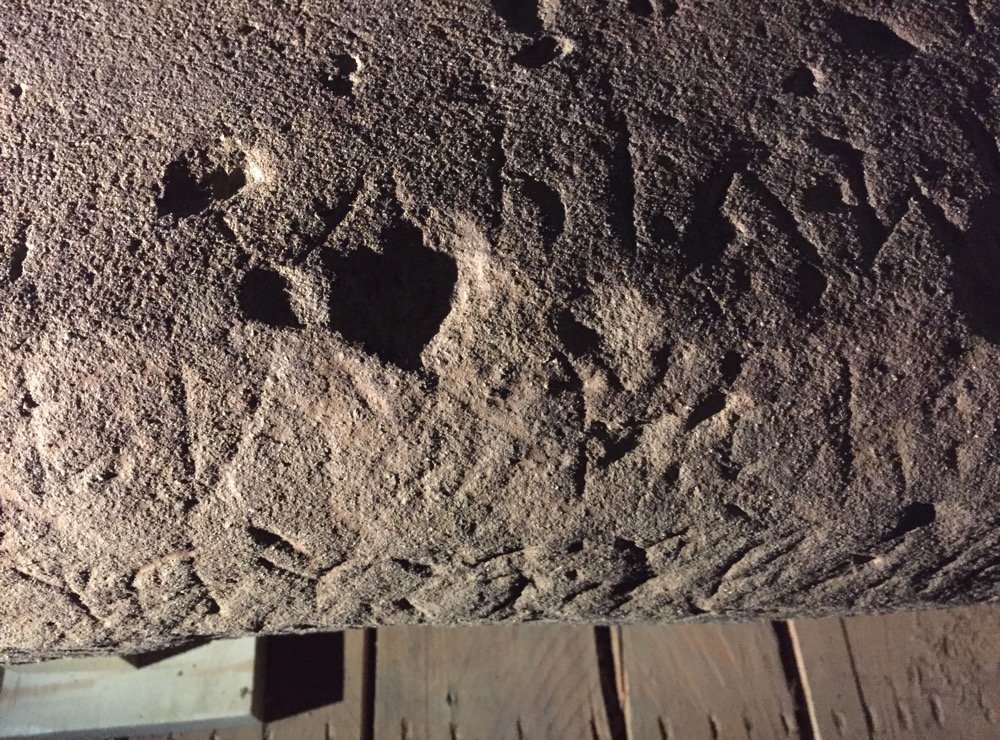
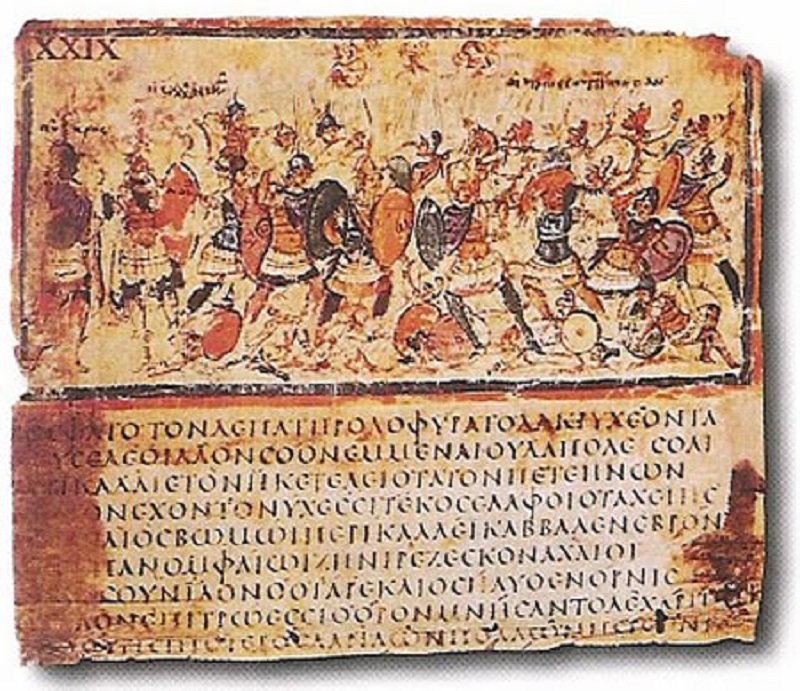
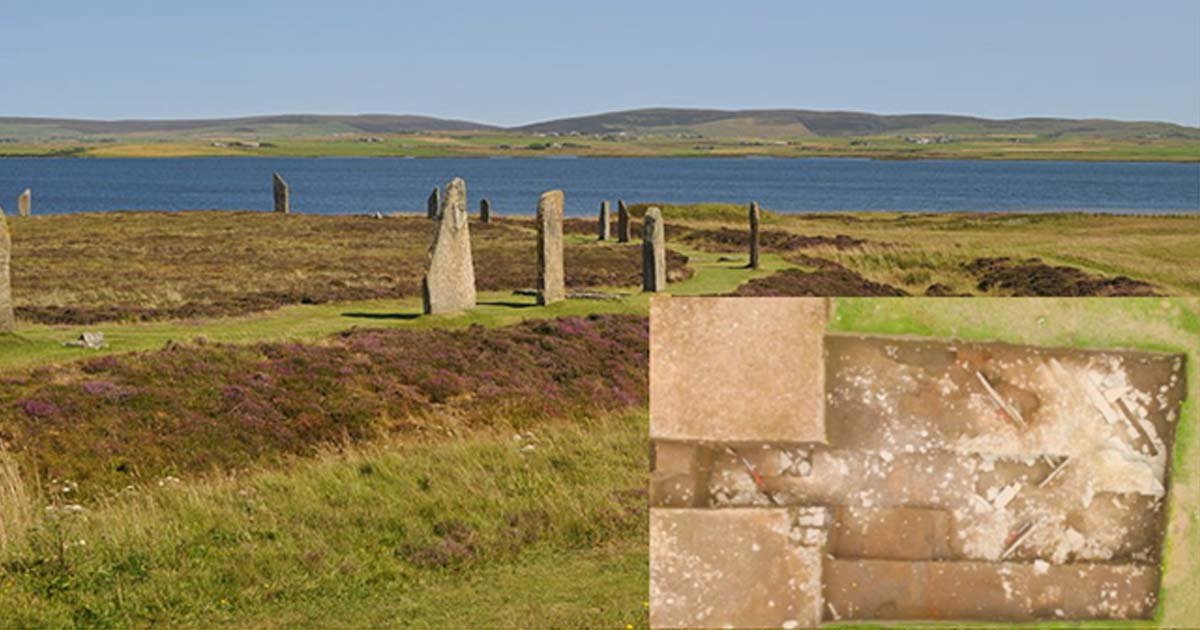
Comment: The very foundation of the United States was built upon racism, genocide, and militarism, so it's no surprise that the American empire has become the brutal force it is today, what some call the "World Police." Our law enforcement is merely a reflection of the pathological powers that rule the empire, which has effectively become what Andrej Lobaczewski defined as a "pathocracy." A highly recommended book everyone should read is "American Heart of Darkness: Volume I: The Transformation of the American Republic into a Pathocracy (Volume 1)" by Robert Kirkconnell, which traces these roots of racism, genocide, and militarism all the way back to the beginning, long before the Revolution.